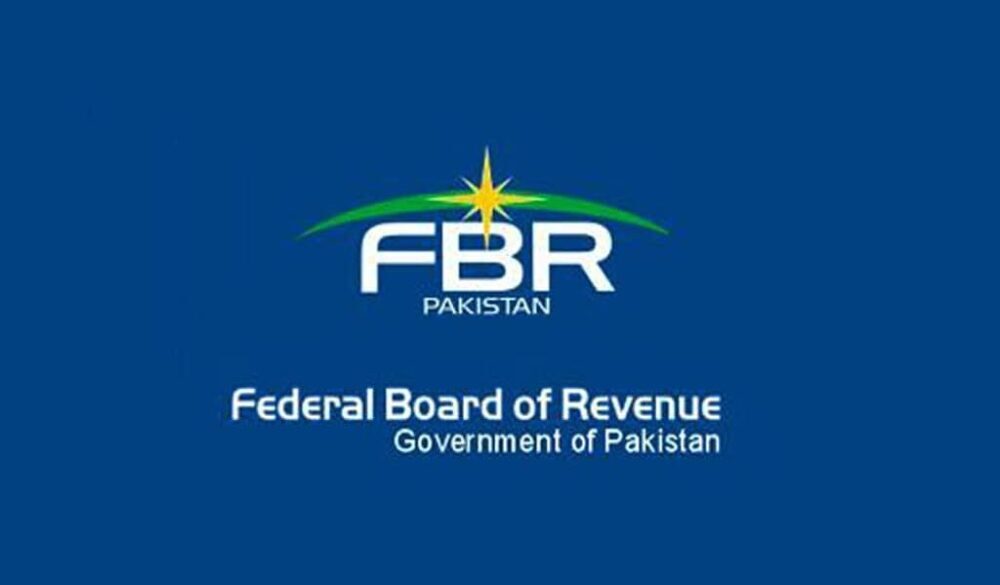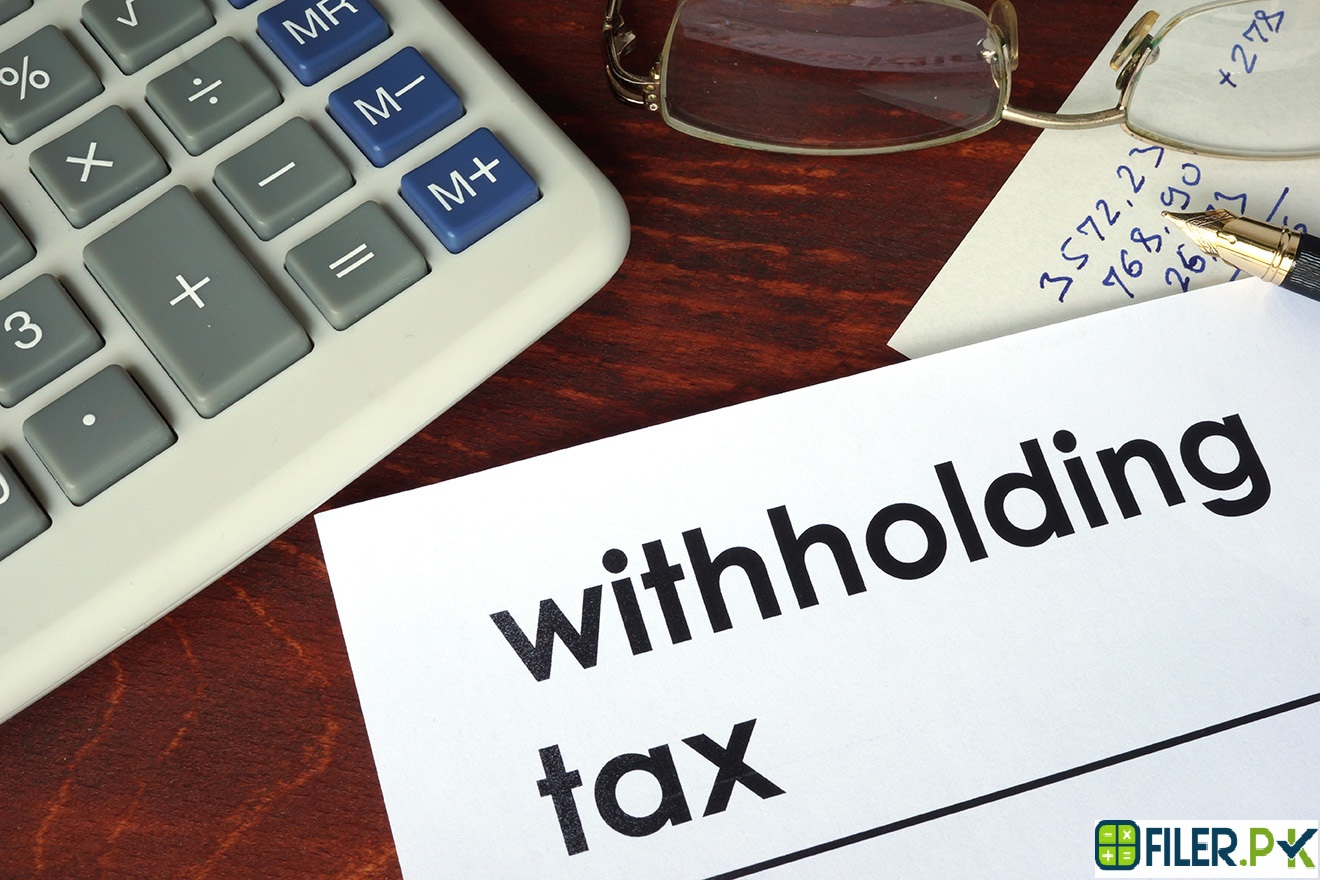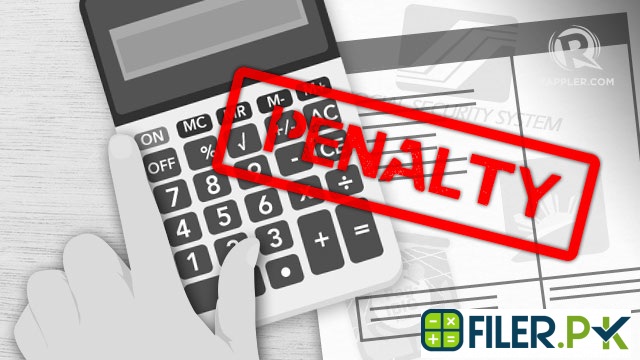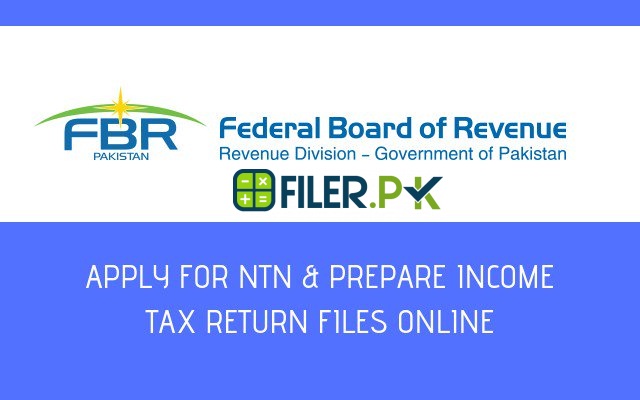
Tax Appeals in Pakistan
What is Tax Appeal: Most of the tax appeals in Pakistan arise between taxpayers and

What is Tax Appeal: Most of the tax appeals in Pakistan arise between taxpayers and

Property tax in Pakistan is a tax that is owned by an individual or another

Federal Board of Revenue (FBR), formerly known as Central Board of Revenue (CBR) was formed

Value Added Tax is a consumption tax that is levied on a product whenever it

Withholding tax is a requirement of government for the buyer of any service or item

Being a responsible Pakistani, if you haven’t filed your tax then you will have to

It is the duty of every filer to tax their files before the deadline in

What is DIRBS: Mobile Device Regularization – DIRBS stands for Device Identification, Registration, and Blocking

If you are a filer or taxpayer and want to pay income tax, you can

Other than apply for NTN manually, you can apply for NTN number online through the
We’re the first Pakistani site that allows tax filing by people in an easy way. To spread awareness, the concept of tax system also covers a number of issues.
The Business Consultants Suite No. 2, 3rd floor, Haq Center, 5th Road
Commercial Market D-Block, Satellite Town, Rawalpindi
adnan@thebusinessconsultants.pk
adnan.tbc@gmail.com
+92 514 426 579
+92 333 512 8026
Powered by OffSetup